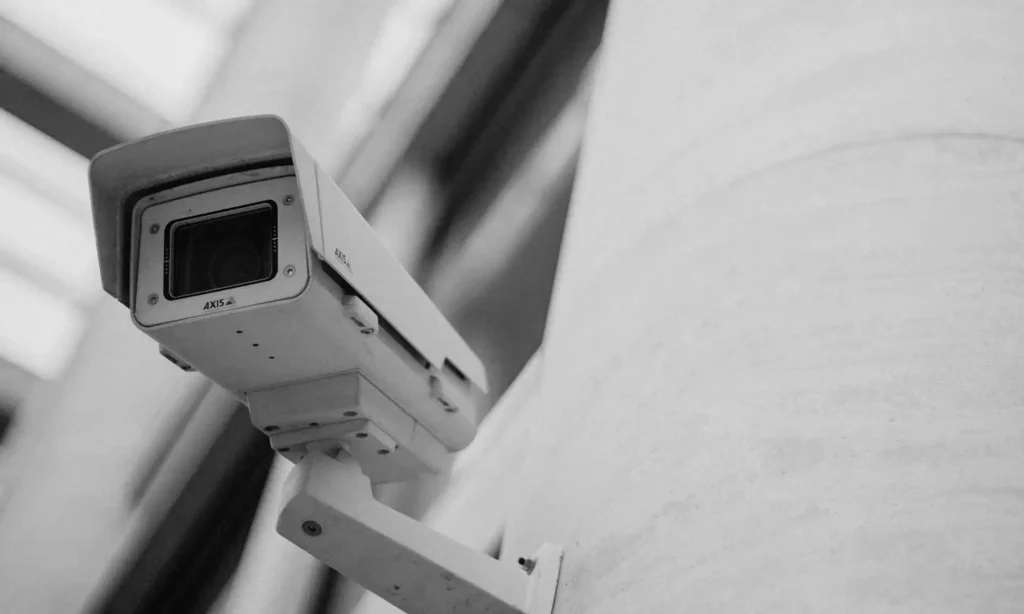In today’s technology-driven world, security cameras are a powerful tool in solving crimes. From catching criminals in the act to providing valuable evidence in investigations, surveillance footage has become a critical asset in law enforcement and public safety. Let’s take a look at how security camera footage is shaping the future of crime-solving and making communities safer.
1. The Role of Security Cameras in Crime Prevention and Detection
Security cameras are placed in strategic locations to deter crime and keep an eye on high-risk areas. Here’s how they contribute to crime-solving:
- Deterrence: The presence of cameras can prevent crimes before they happen, as potential offenders know they are being watched.
- Capturing Real-Time Events: Cameras provide an unbiased record of events as they occur, which can be vital in understanding the timeline and details of a crime.
- Gathering Evidence: High-quality footage can reveal crucial information, such as physical characteristics, license plates, and other details that might be missed otherwise.
2. Major Crimes Solved by Security Camera Footage
Security camera footage has played a pivotal role in solving high-profile crimes, often being the deciding factor in finding suspects and securing convictions. Examples include:
- Terrorism and Mass Attacks: In events like bombings or mass shootings, security cameras can identify perpetrators and trace their movements, providing investigators with vital leads.
- Missing Persons Cases: Footage from nearby security cameras can show the last known location of missing individuals, helping police narrow down their search.
- Robberies and Burglaries: Video evidence is invaluable in identifying perpetrators in theft cases, leading to faster arrests and recovery of stolen goods.
3. Types of Crimes Solved Using Camera Footage
Many types of crime can be addressed more effectively through security cameras, including:
- Property Crime: Cameras around homes and businesses capture incidents of theft, vandalism, and property damage, giving law enforcement the information they need to pursue offenders.
- Assault and Violent Crimes: Video footage can capture incidents of assault, domestic violence, and other violent crimes, providing evidence that is often used in court.
- Traffic Violations and Hit-and-Runs: Street cameras capture license plates and the sequence of events in traffic-related incidents, which is critical for resolving hit-and-run cases.
4. Advanced Technology Enhancing Crime Solving
Modern security cameras are equipped with advanced technologies that take crime-solving to a new level:
- Facial Recognition: AI-powered cameras can identify faces in a crowd, helping police locate known suspects or find missing persons.
- License Plate Recognition: Security systems with license plate recognition capture vehicles involved in crimes, making it easier to trace stolen cars or identify getaway vehicles.
- AI and Behavioral Analysis: Some cameras can detect unusual behavior patterns, such as loitering or crowd formation, that may indicate criminal activity, alerting authorities to intervene early.
5. Real-Life Case Studies: Crimes Solved Through Security Cameras
Security cameras have been instrumental in solving numerous cases worldwide. Here are a few examples:
- Boston Marathon Bombing (2013): Surveillance footage helped the FBI identify and track down the two suspects responsible for the bombing, leading to swift justice.
- Murder Cases: Security cameras in public spaces and around businesses have helped solve various homicide cases by capturing key footage of suspects entering or leaving crime scenes.
- Retail and Bank Robberies: Cameras in stores and banks have provided invaluable evidence, often capturing perpetrators and aiding in their identification and arrest.
6. Privacy and Ethical Concerns in Surveillance
While security cameras are essential for solving crimes, their widespread use raises important questions:
- Privacy: The line between safety and privacy is delicate; surveillance should be balanced to avoid overreach and protect individuals’ rights.
- Data Security: With more footage stored in the cloud, protecting this data is crucial to prevent unauthorized access or misuse.
- Bias and Accuracy: Advanced features like facial recognition must be carefully managed to avoid misidentification and ensure fairness.
Conclusion: A Safer Future with Responsible Surveillance
Security camera footage has proven to be a game-changer in solving crimes and enhancing public safety. With responsible use and ongoing technological advancements, security cameras will continue to be a vital tool for law enforcement. By combining surveillance with ethical considerations, communities can work towards a future where technology aids safety while respecting privacy.





